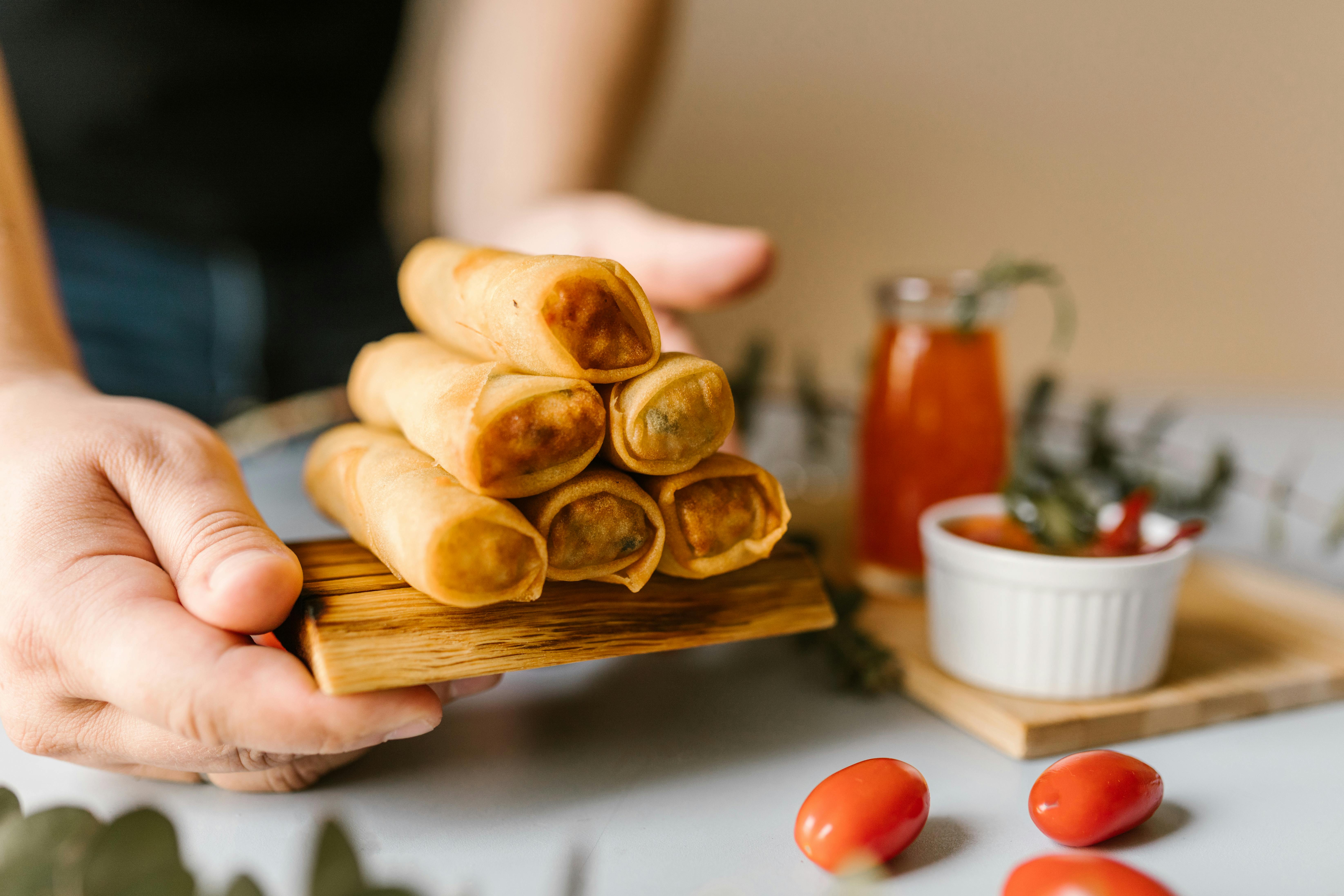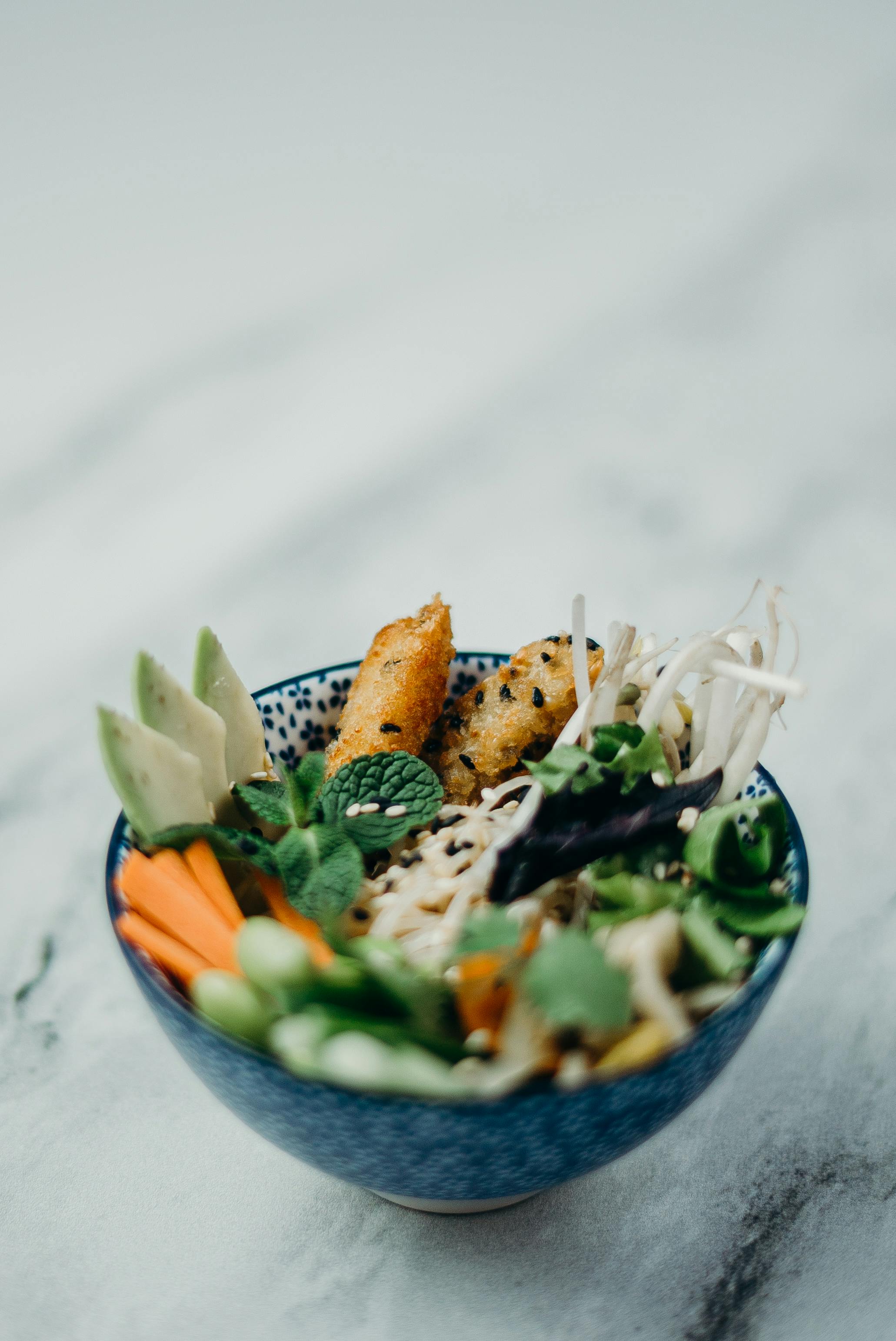Vietnamese Fermentation for Spring Rolls: Expert Techniques Unveiled
Funny thing is, most restaurant spring rolls—even some highly rated ones these days—are missing the unmistakable punch of Vietnam’s street food flavor. I used to think authenticity was just a matter of using the “right” ingredients. But during my food travels in Hanoi, and after way too many conversations with street vendors in crowded alleyways, I found out it’s really fermentation—the artful, almost mystical side of fresh Vietnamese cuisine—that makes spring rolls truly extraordinary. You ever notice how street food, especially in Southeast Asia, explodes with flavor in ways most polished restaurant plates just can’t replicate? There’s a reason. It’s the living power of fermentation working behind the scenes—a quirky, patient process that’s as much about intuition as it is about science1.
Why focus on Vietnamese fermentation for spring rolls? Here’s my real reason: Restaurant chefs across the world are hungry for bold flavor—genuine, layered, memorable. And Vietnamese street chefs have quietly perfected a set of fermentation techniques that not only bring depth and complexity to spring rolls, but also dodge the bland, “safe” taste profiles turning up everywhere. Spring roll innovation isn’t just about what goes inside the wrapper—it’s about what happens to the vegetables, herbs, and dipping sauces before they ever reach the plate2.
Key Techniques: Leafy Veg, Pickled Roots, and Secret Sauces
Here’s the thing though—the best street food spring rolls aren’t just about what goes inside. It’s how each filling gets transformed by fermentation that creates complex taste and unmistakable aroma. Quick tangy carrots, earthy fermented daikon, fresh herbs brined overnight—each adds a distinct layer of brightness and “pop” to the final roll. Ever notice how the crunch in Vietnamese street food stays crisp and never soggy? That’s deliberate; fermenting vegetables draws out excess water, intensifies flavor, and makes textures lively6.

Case Studies: What Works (and What Doesn’t)
When I dig into the success (and occasional flops) of restaurant spring roll fermentation, a clear pattern emerges. The best flavors happen where chefs temper science with gut instinct—a delicate balance honed by trial, error, and more than a few ruined batches. There was a time, back in 2019, when one Hanoi fusion restaurant decided to “modernize” spring rolls by using ultra-refrigerated fermentation chambers. The result? Technically safe, but missing the wild, zingy, aromatic highs that street vendors achieve using ambient temperature jars, sunlight, and unpredictable humidity9.
Conversely, in Saigon, a family-run restaurant won national awards by employing a street-style brining process overseen by an ex-vendor—pickle consistency varied from batch to batch, but the rolls absolutely sang with electricity. The chef once told me the most valuable lesson learned was “timing the sourness”—push it too far and customers recoil; get it right and every ingredient dances.
| Technique | Restaurant Result | Street Vendor Result | Optimal Use Case |
|---|---|---|---|
| Quick Brined Root Veg | Fast, consistent, mild flavor | Bold, punchy, sometimes too sour | When speed and safety are priorities |
| Ambient Temp Lacto-Fermentation | Inconsistent, high-skill required | Complex, “alive” flavor | For signature dishes and culinary experimentation |
| Fermented Herb Oil | Rare, labor-intensive | Unique aroma, exceptional freshness | Upscale or tasting-menu venues |
| Brine in Dipping Sauce | Consistent boost of acidity | Unpredictable, vivid flavor | Any spring roll needing “edge” |
Learning moment: A chef friend in Da Nang attempted to standardize pickle fermentation by measuring pH and salt levels daily. On paper, it made sense. In practice? She lost more batches than she saved—because flavor memories count, and Vietnamese fermentation relies on dynamic interaction with climate, air, and even the hands making the food!
Conclusion: Authentic Spring Roll Flavor Through Fermentation
I need to revise my earlier point—Vietnamese street food fermentation isn’t just about “more flavor.” It’s a process of layered complexity, rooted memory, and humble experimentation. To be more precise, every bite of a spring roll that’s truly alive (in the microbial sense) connects you to the vendor’s intuition, the local climate, and decades of passed-down adaptation. The more I consider this, the less interested I am in “perfect” recipes and more drawn to the vibrant improvisation that makes real spring rolls so emotionally satisfying.
Some readers might wonder: Is street-level fermentation really replicable in restaurants globally? Honestly, by and large, yes—but not without a spirit of continuous learning and willingness to embrace living food’s unpredictability. As a food lover, I’ve botched more pickles than I care to confess, but each misstep made my spring rolls one bit more authentic.12



